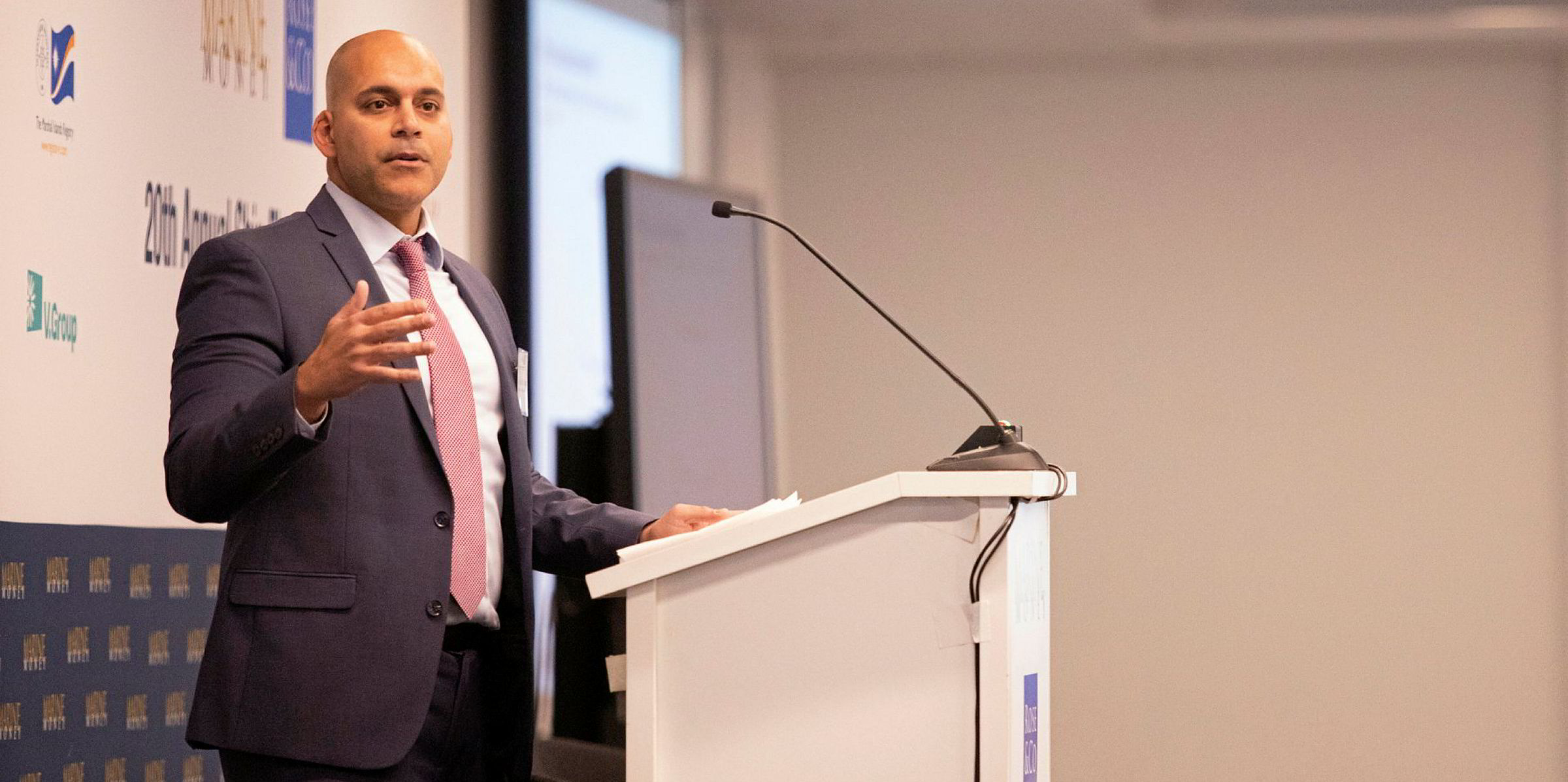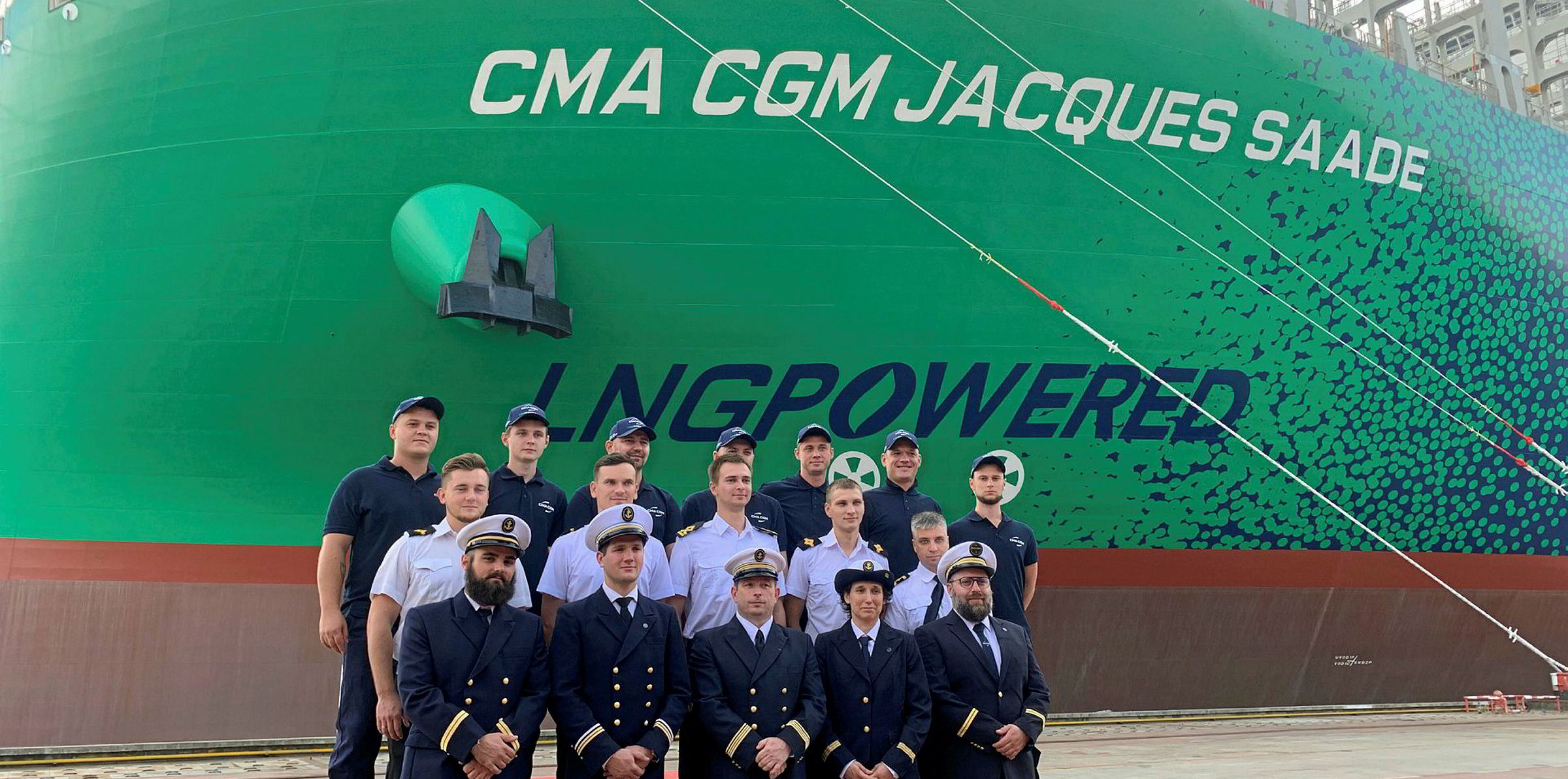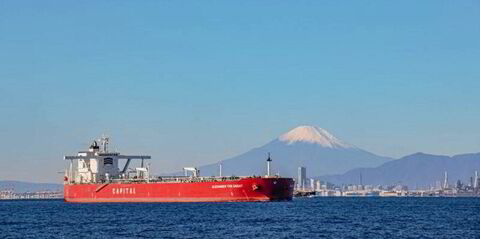Shipping stakeholders are now assessing the impact of new European Union carbon trading rules expected to be imposed in 2022.
The effort comes after the European Parliament voted last week to include shipping in the union's Emissions Trading System (ETS).
One factor is a more ambitious carbon cut target sought by European policymakers.
Broker Affinity (Shipping) cited the EU’s decision to use 2018/2019 as a baseline for chopping shipping's carbon emissions by 40% by 2030.
The goal is in contrast to the International Maritime Organization's target of a similar reduction, but based on a 2008 baseline when there were fewer eco ships in the global fleet.
That makes the EU rules far more challenging than the proposed Energy Efficiency Existing Ship Index (EEXI) rating system, the shipbroker said in a report.
The broker said the incoming rules should not come as a surprise but added the European Parliament’s decision to implement them from 2022 means “carbon taxation is becoming a reality”.
This has to be a part of a ship buyers’ decision-making process, Affinity said.
The broking house questioned whether slow steaming would be enough to achieve the EU’s 40% target, given that average speeds have already been reduced and further cuts will have less effect. Affinity said the difference may be down to alternative fuels.
TradeWinds reported this week that Clarksons Platou Securities analysts have calculated that the new EU emissions rules could add $4,000 per day to an aframax tanker's operating costs.
Not cut and dry
But a major tanker owner told TradeWinds that the investment bank’s calculations of a potential $4,000-per-day rise in operating costs for aframaxes had “taken things out of context.”
A modern fleet will be key to riding out any changes, the company said.
The company hopes details of the ETS plan will be decided as soon as possible.
One shipbroker said some owners are “intrigued” by the move.
But he added that they were also stopping to think and ask practically how the 40% emissions cut from 2018/2019 levels can be achieved by 2030.
The logical conclusion is that everyone will have to go slower and so more ships will be needed, he said.
"The cogs are whirring in some bits of the [shipping] community," he added.






